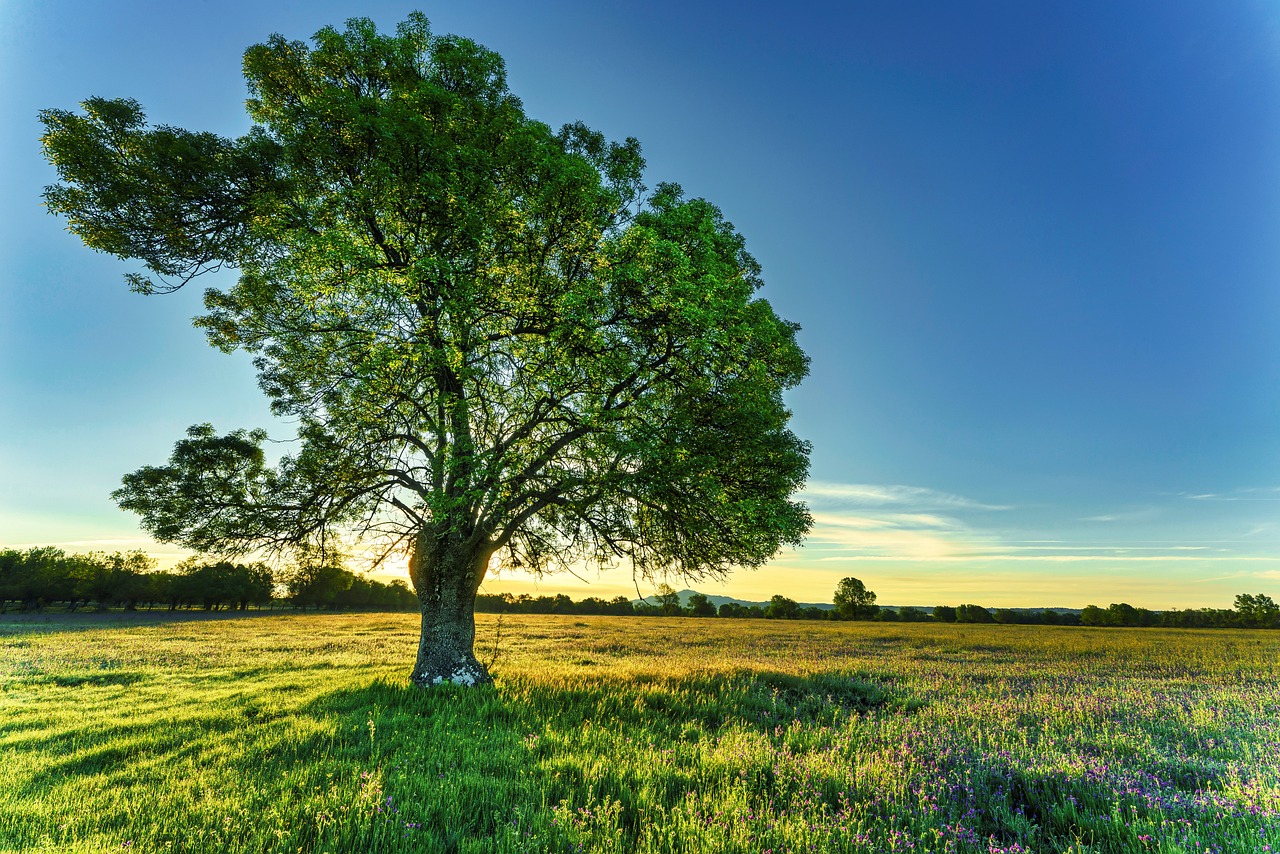“`html
The Majestic Ash Tree: A Complete Guide
Discover the fascinating world of Ash trees, from their natural habitats and unique characteristics to their symbolic meanings and care tips. Whether you’re a nature enthusiast or looking to cultivate these trees, this guide will provide you with all the essential information.
Understanding Ash Trees
Natural Habitat
Ash trees, belonging to the genus Fraxinus, are predominantly found in temperate regions of the Northern Hemisphere. They thrive in diverse ecosystems, ranging from riverbanks and forested areas to urban environments. With over 60 species, these deciduous trees adapt to a variety of landscapes, including Europe, Asia, and North America. Notably, the U.S. Forest Service provides detailed documentation on the distribution of Ash trees across North America.
Physical Characteristics
Characterized by their tall, slender trunks and compound leaves, Ash trees can grow up to 80 feet in height. Their leaves are typically pinnate, consisting of 5 to 11 leaflets. In spring, Ash trees produce small, inconspicuous flowers, followed by clusters of winged seeds known as “samaras.” The bark of young Ash trees is smooth and gray, gradually developing a distinct, diamond-shaped pattern as the tree matures. These trees are known for their resilience and durability, often living for hundreds of years.
Symbolism and Cultural Significance
Ash trees have held significant symbolic meanings across various cultures throughout history. In Norse mythology, Yggdrasil, the world tree, is often depicted as an Ash, representing life, growth, and interconnectedness. In Celtic traditions, Ash trees symbolize protection and healing. The tree’s strong wood has been historically used for crafting tools, furniture, and even bows, underscoring its importance in human culture.

Floriography: The Language of Flowers
In the language of flowers, Ash trees convey messages of strength, resilience, and prosperity. These symbolic meanings stem from the tree’s ability to withstand harsh conditions and its long lifespan. Gifting an Ash tree or its branches can be seen as a gesture of offering protection and good fortune.
Caring for Ash Trees
Planting and Soil Requirements
When planting an Ash tree, choose a location with ample sunlight and well-drained soil. These trees prefer loamy soil but can tolerate various soil types, including clay and sandy soils. It’s essential to ensure adequate space for growth, as Ash trees have extensive root systems that require room to expand.
Watering and Maintenance
Ash trees require moderate watering, particularly during dry spells. Young trees need more frequent watering to establish their roots, whereas mature trees are relatively drought-tolerant. Mulching around the base of the tree can help retain soil moisture and reduce weed competition.

Pest and Disease Management
Ash trees are susceptible to pests such as the Emerald Ash Borer, which can cause significant damage. Regular inspection and early intervention are crucial for disease prevention. Implementing integrated pest management strategies and consulting with local arborists can help maintain tree health.
Pruning and Growth Regulation
Regular pruning helps maintain the structural integrity of Ash trees. Remove dead or damaged branches to promote healthy growth. Pruning is best done during the dormant season to minimize stress on the tree.
Additional Considerations
Environmental Impact
Ash trees play a critical role in their ecosystems, providing habitat and food for various wildlife species. They also contribute to carbon sequestration and improve air quality. Urban planners often incorporate Ash trees in city landscapes for their aesthetic appeal and environmental benefits.
Choosing the Right Ash Species
With numerous species of Ash trees available, selecting the right one for your environment is essential. Common varieties include the White Ash (Fraxinus americana) and the European Ash (Fraxinus excelsior). Each species has unique characteristics and growth requirements, so consider consulting a local horticulturist for advice tailored to your region.
Exploring Further Resources
For more in-depth information on Ash trees and their care, consider exploring resources such as the Gardening Tips: Ash Tree Care guide on our website. Additionally, academic articles and botanical studies offer valuable insights into the biology and ecology of these remarkable trees.
“`
